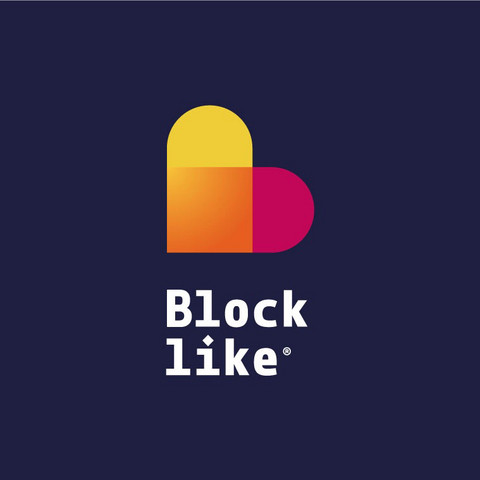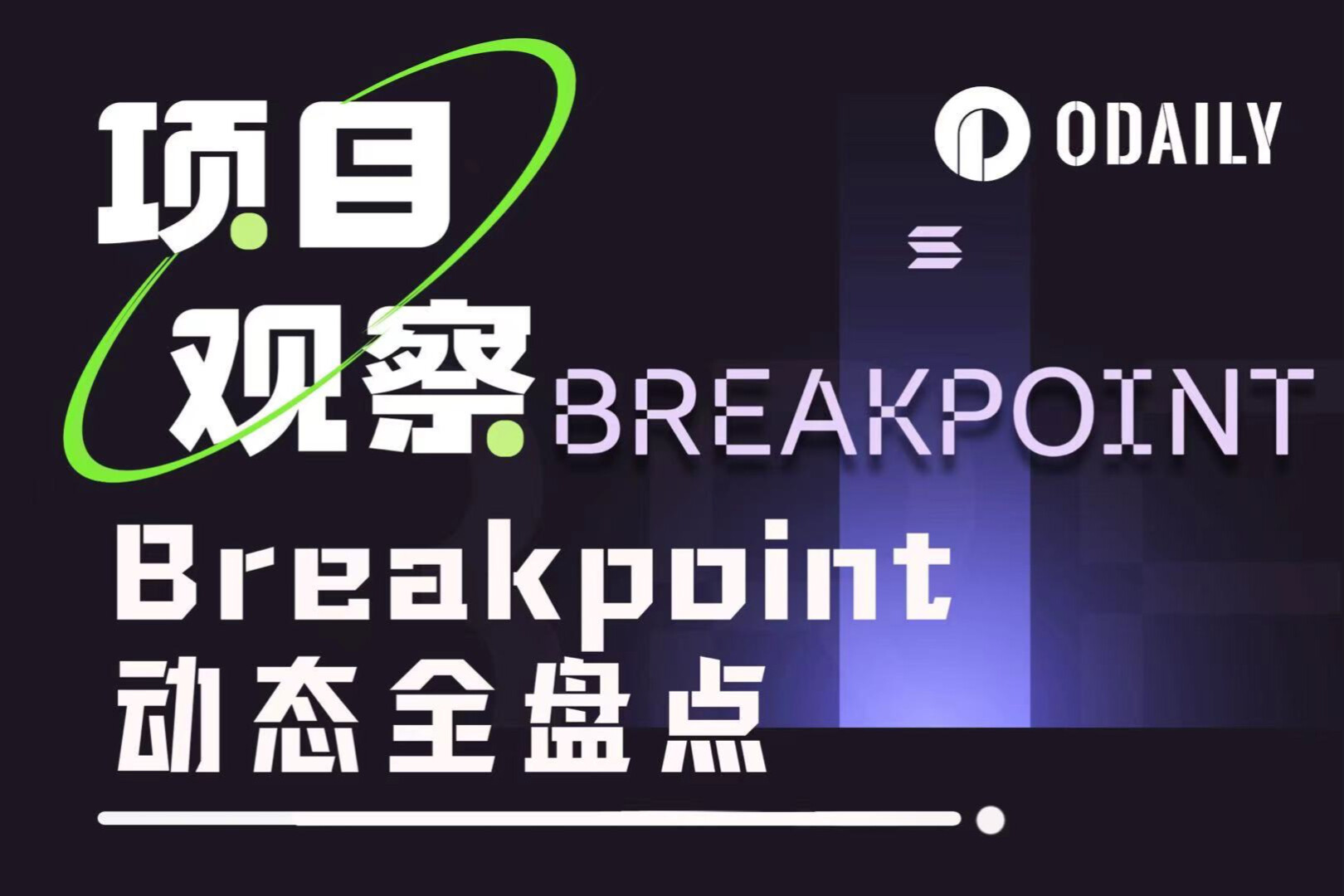STO is cold, SEC faces many challenges
The US Securities Regulatory Commission SEC has more frequent dialogues with the encryption field, and the first to receive the signal of strengthening supervision is the centralized exchange.
Just today, according to foreign media reports, the United States has expanded its investigation into the trading platform Binance, and the authorities are now reviewing possible insider trading and market manipulation. It is the latest sign of renewed scrutiny of cryptocurrency exchanges in the country.
In recent months, many countries or regions have issued clear signals on centralized cryptocurrency exchanges. After sorting it out, we can see that the US Securities Regulatory Commission, the Thailand Securities Regulatory Commission, the Cayman Monetary Authority, the Singapore Financial Regulatory Agency, the Japan Financial Services Agency, and the UK Market Financial Conduct Authority have all issued warnings to centralized exchanges to varying degrees. Even related charges have been filed.
On September 15, Stephen Stonberg, CEO of Bittrex Global, one of the U.S. compliance exchanges, said that in the face of the tightening of regulations, Bittrex is exploring a "safe haven", and the safe haven referred to by Bittrex may be in STO and Involved in security token products.
Bittrex also stated that it is testing a certain number of products, which it calls "tokenized Google, tokenized Tesla," and is currently only selling to a small number of customers under the relevant digital business license in Bermuda.
Is such a "safe haven" feasible?
SEC dilemma, where is the regulatory criterion?
Since July this year, many countries and regions have issued varying degrees of warnings to Binance, the largest digital currency exchange.
These actions appear to demonstrate that exchanges cannot circumvent national laws by operating in other jurisdictions. Investors need to use a cryptocurrency exchange licensed in their country or region to avoid the risk of assets being frozen or even confiscated.
On the other hand, the United States, which has the most complete existing cryptocurrency regulatory framework, is also paying close attention to the innovative moves of cryptocurrency exchanges.
Some time ago, the US-listed compliant cryptocurrency exchange Coinbase planned to launch a cryptocurrency lending product, which was clearly opposed by the SEC. According to public information from multiple channels, this yet-to-be-launched product allows investors to earn interest from the cryptocurrency they hold. The SEC believes that this cryptocurrency lending product belongs to the category of bonds, and issued a Wells notice to express clear opposition manner.
(*Note: Wells notice: SEC issued an informal reminder to listed companies in the United States before civil litigation. Listed companies that have received the notice can communicate and negotiate with the SEC before receiving a formal lawsuit.)
This is also the SEC's latest statement on cryptocurrency lending products. SEC Chairman Gary Gensler also recently re-emphasized the attitude that "on-chain lending is a security": cryptocurrency lending and mortgage platforms that keep user funds may fall under the jurisdiction of US securities laws , should be supervised by regulatory agencies.
Since products such as loans, mortgages, and Swap belong to the infrastructure for product interaction on the chain, these actions show that the SEC’s actions on the encryption market are faster than imagined.
After that, the launch of Coinbase’s lending product may be significantly delayed.
Coinbase CEO Brian Armstrong has publicly stated in this regard, "We are committed to complying with the law. But sometimes the law is unclear. Therefore, if the SEC wants to issue guidance, we are also happy to follow it. If the SEC can If it's enforced equally, that's fine."
Here, the CEO does mention a rather important issue in crypto regulation: "The law is not clear."
As early as July 2017, after the "The DAO" hearing incident, the US government proposed that the US Securities and Exchange Commission (SEC) should supervise the token market. In the new field of encryption, the SEC uses the existing securities laws of the United States to include tokens that may be suitable for securities regulation into the existing regulatory scope, and call them "security tokens", referred to as ST, and for some Tokens that are not suitable for securities regulation are classified as "Utility Tokens", or UT for short.
Since then, the existing encryption regulatory framework in the United States has used the Howey test to define ST, but there is room for ambiguity in the concept itself. Most digital currencies emphasize their UT attributes, and regulation has been in a gray area for many years.
Since 2019, some digital asset issuers have chosen to register with the SEC before issuance to avoid regulatory issues that may arise from the characterization of tokens.
However, the mainstream view in the encryption community insists that encrypted assets and securities are not the same attribute.
In such a regulatory environment, the frequency of related lawsuits involved in the encryption field is not high, and most defendants often choose to pay compensation and settle. For example, this week, the US SEC charged Media Group Inc. and Saraca Media for illegally issuing unregistered digital securities G-Coins or G-Dollars. ending.
Since the second half of 2020, decentralized financial projects have appeared frequently, and the distributed financial concept brought by DeFi is rapidly expanding, and the innovation speed of the entire encryption market is almost unprecedented. The speed of innovation in the cryptocurrency market and the difficulty of supervision have also made the SEC's substantive progress in encryption supervision slightly slow.
In April of this year, it coincided with the change of the SEC, and the encryption field has high expectations for the new SEC. At the same time, the soaring encryption market seems to make it more urgent for the SEC to clarify the regulatory process.
One of the most obvious cases is the infrastructure bill proposed by the Biden administration in August. The bill mentions the definition of "broker" on the issue of encryption taxation. Around this concept, the encryption industry and the parliament have conducted multiple rounds of dialogue and communication. Whether the definition involves software developers, encryption miners, node operators, Intense discussions on issues such as decentralized exchanges. This shows that the U.S. regulators also need time to understand and digest new things.
Against such a regulatory background, many are currently calling on the SEC to refine the regulation of cryptocurrencies. Senator Elizabeth Warren has recently proposed to the SEC subdivided issues such as disruption of cryptocurrency exchanges, high transaction fees, and financial inclusion.
The existing regulatory rules may not be enough.
SEC Chairman Gary Gensler has also spoken out frequently since Tuesday. According to foreign media reports, the chairman has assured the Senate that he is quickly formulating a set of rules to supervise the volatile cryptocurrency market while balancing the protection of innovation.
At the same time, the SEC is also investigating Uniswap and other centralized exchanges, and information has also flowed out from some media. The encryption market may have to pay more attention to compliance issues.
STO: Under compliance, it is full of "pain points"
In the direction of compliance, compliant exchanges represented by Bittrex began to revisit the old STO.
Is this the next direction in the development of cryptocurrency compliance?
Since the establishment of the U.S. encryption compliance framework, STO is a digital token compliance issuance system based on the definition of ST and based on U.S. laws. However, since this concept was proposed, the entire market still has a mediocre response to security tokens.
The first problem is that the cost of legal issuance and listing of digital securities in the strict sense is very high. If it is listed, it will also require an annual listing and transaction service fee.
In the first half of this year, Openfinance, the first compliant digital securities trading platform in the United States, conveyed to the outside world the dilemma faced by the platform: the low trading volume on the platform is no longer enough to support normal operation and maintenance costs, and the few listings are tradable The ST still needs to pay the listing service fee every year. The platform was subsequently acquired by another crypto exchange, INX, in June.
The trading platform also expressed a negative fact: the listing service cost of strictly compliant digital securities that have been traded on the platform has exceeded the income that can be brought by the exchange after its listing.
In other respects, project parties who choose to issue digital securities are subject to certain restrictions, and the development of ST infrastructure has not met expectations.
At present, the number of compliant digital securities exchanges (platforms) holding an ATS license is very small. Except for Openfinance, almost the only leading digital securities trading platform tZERO currently only supports the platform currency issued by the platform itself. Regarding the new digital securities Listing information has not been updated for a long time.
The project parties who chose to issue and list on STO also encountered many problems.
In 2019, the Props token issued according to RegA+, the most stringent terms in the STO system, is a creator incentive type token based on the YouNew streaming media platform. It was once the first batch of securities approved by the SEC Tokens have attracted much attention. However, in August of this year, Props announced that it would cease operations and open source the Props protocol for forking. Props’ official explanation for this is: “Due to restrictions on compliant security tokens, the company is unable to carry out product development, and it is difficult to launch new functions such as staking. In addition, there is currently no US exchange that can list encryption like Props Token.” assets".
This choice may be a helpless move. Problems such as high cost, imperfect facilities, and high difficulty have also made few blockchain projects willing to choose STO issuance, and indirectly led to the extremely low number of currencies available for trading on compliance platforms. few.
Plus, this market is extremely illiquid.
The former STO issuers had high hopes for this method, hoping to get through some of the advantages of the blockchain and the characteristics of securities, and enter the mainstream financial investment market. However, people who are well versed in the blockchain field can see that the registration, registration, and final issuance and listing of STOs are all subject to strict supervision, which has sacrificed some of the characteristics of blockchain freedom, autonomy, decentralization, privacy and anonymity. .
In the STO system, most investors in the primary market must be qualified investors under the framework of the Securities Law, and traders in the secondary market also need to strictly follow the real-name system and KYC. In addition, the bottom layer that supports ST needs to have super assets such as withdrawal and freezing. Authority to meet the needs of supervision, which has made it difficult for the number of investors or investment institutions to increase.
In contrast, for investors, exchanges such as Binance and Coinbase may be better choices in terms of liquidity, trading volume, and the number of tradable currencies.
At present, large institutions in Japan and Europe are the most acceptable to STO. The existing digital securities asset types are mostly real estate, and the number of such digital securities has long accounted for more than 50%. But in terms of liquidity, market scope, and international influence, there are still some deficiencies.
The cost of registration and issuance is much higher than that of ordinary large ones, the infrastructure of the trading platform is not perfect, and the liquidity in the primary and secondary markets is insufficient. These problems are still left to this day.
In any case, the crypto market, as a new asset class, is still looking forward to the multi-trillion dollar market in the traditional financial system to develop. However, compared with traditional finance, the compliance infrastructure is extremely imperfect. With the SEC already expressing its attitude, both the encryption field and the traditional financial market may be waiting for the rules of the new SEC to bring more positive impacts to this emerging field.



